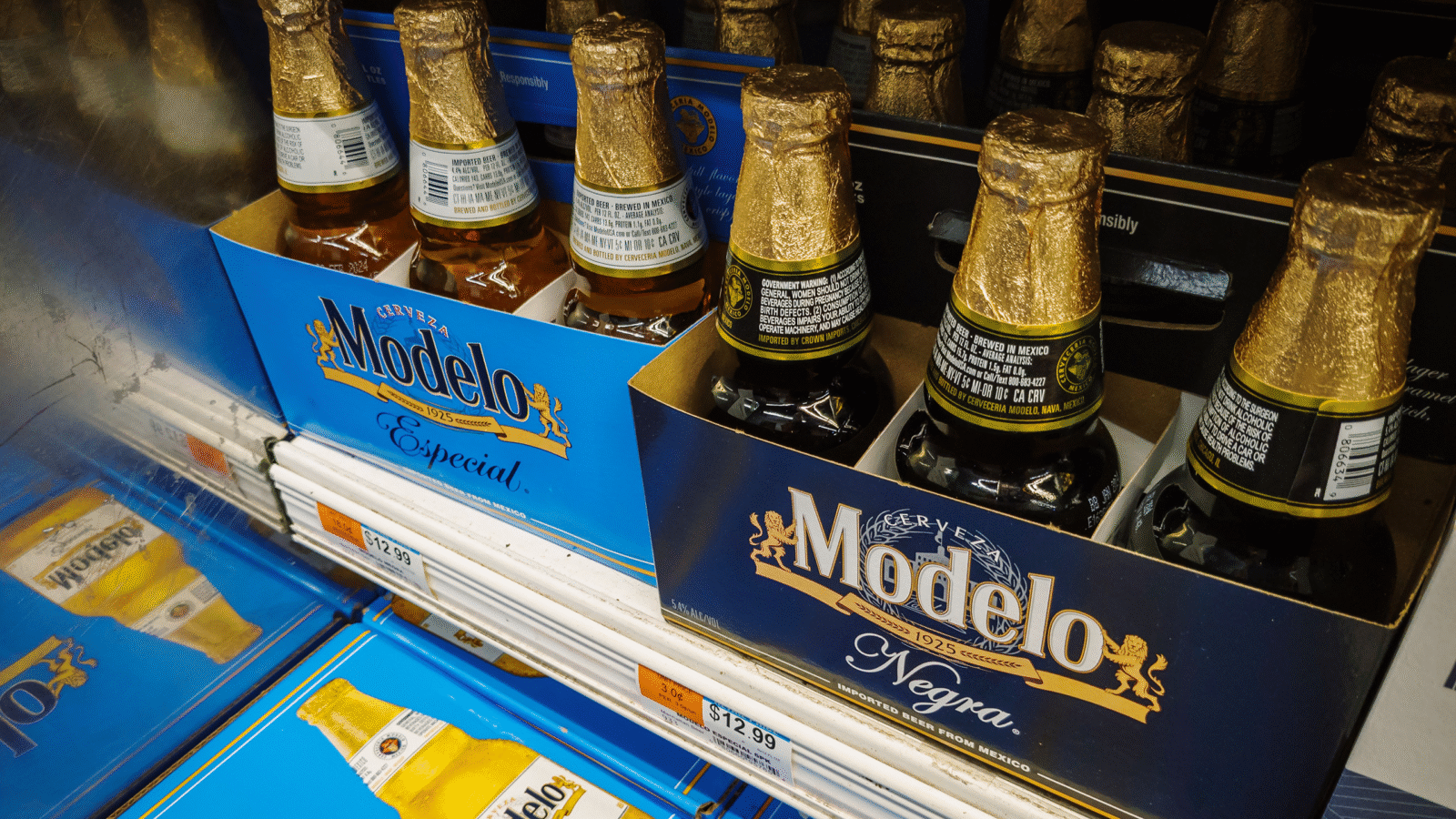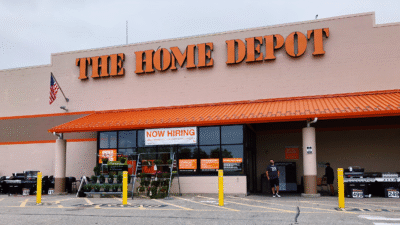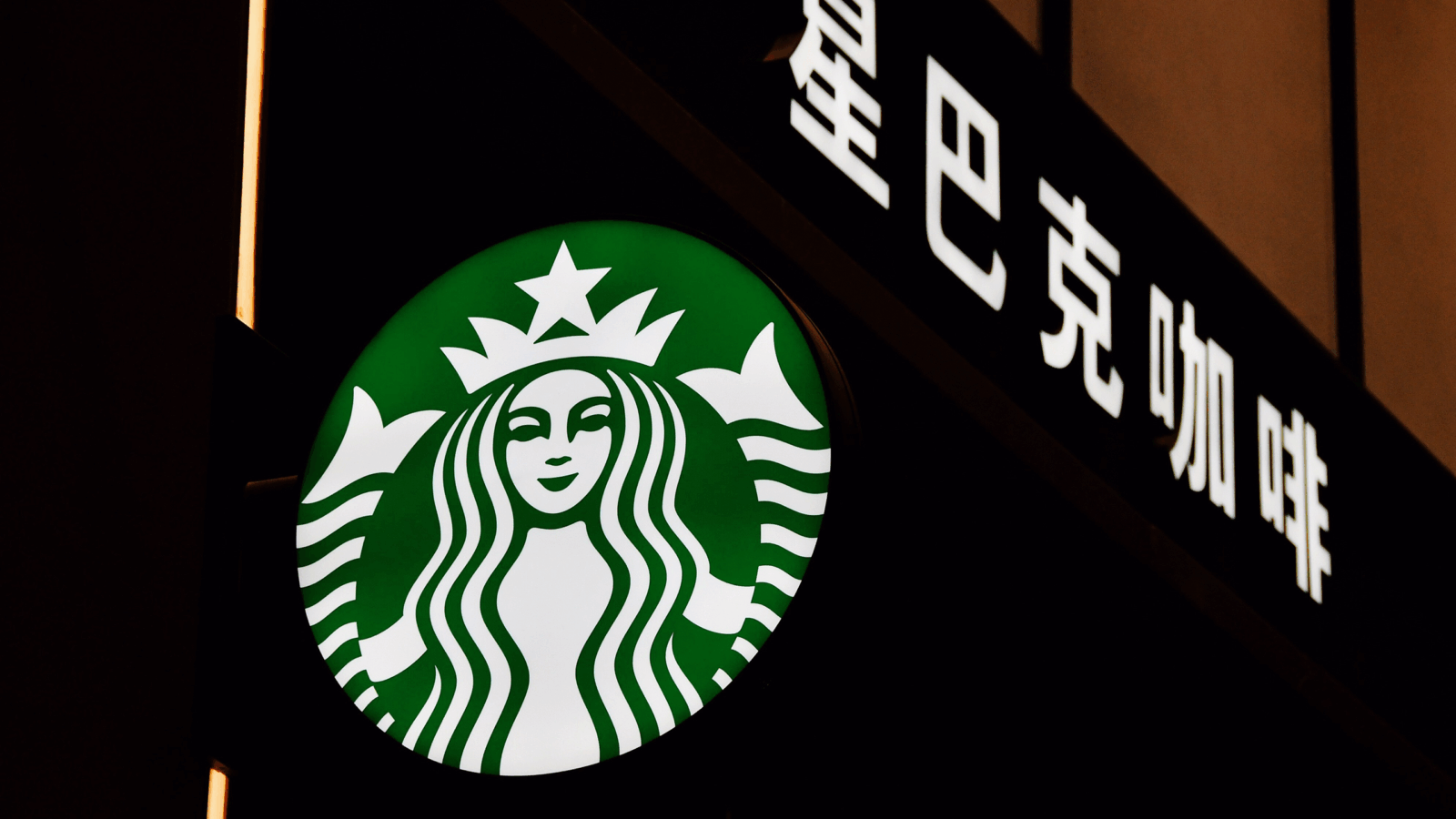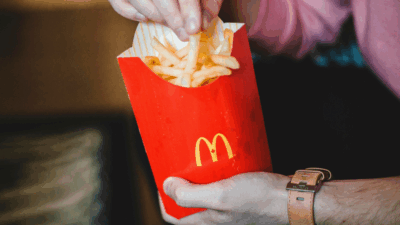Is the Restaurant Industry at the End of an Era?
Across-the-board inflation — including food costs, labor costs, and real estate costs — is pummeling restaurants. Can the industry survive?

Sign up for smart news, insights, and analysis on the biggest financial stories of the day.
In this year’s new season of FX’s popular foodie dramedy The Bear, the central characters wondered if they were witnessing the end of an era for bespoke, experience-forward, chef-driven dining. But it isn’t just restaurants serving wildly creative, arguably pretentious, 12-course tasting menus at $180 per head that appear endangered. Corporate fast-food companies are getting hammered too, as are sit-down chains, independent neighborhood spots, takeout-only ghost kitchens, and everything in between.
If the coronavirus pandemic in 2020 represented something of a near extinction-level event — a stay-at-home asteroid smashing into the restaurant industry — then the years since have been a test of which restaurants can navigate the treacherous, post-apocalyptic landscape. While some players have been able to adapt and thrive, many have not.
Across-the-board inflation — including food costs, labor costs, and real estate costs — continues to pummel restaurants, many of which only sneaked through the initial pandemic waves by going into considerable debt. Meanwhile, consumer tastes and habits are shifting, especially in formerly high-traffic areas once populated by commuters and office workers. The already notoriously thin margins of the restaurant business look like they’ve been on Ozempic this year.
In other words, the business of dining out is staring at a big check that many can’t afford.
Three Courses of Inflation: In most ways, the restaurant industry is bigger than ever. Sales in the food service sector in 2024 are expected to top $1 trillion, according to The National Restaurant Association, a first. Meanwhile, the industry — already one of the three or four largest employers in the US, depending on how you slice it — likely added around 200,000 jobs in the past year. All while 45% of operators told the National Restaurant Association they need more employees to meet demand.
But the headwinds facing the industry are possibly bigger than ever, too, thanks to the trifecta of inflationary forces.
According to the consumer price index, the costs of chicken, potatoes, lettuce and bread — staples of American dining — increased about as much or more in the time between January 2021 and now as they did across the entirety of the 2010s.
Meanwhile, 98% of restaurant operators surveyed by the National Restaurant Association claimed higher labor costs have become an issue.
That has forced restaurants of all stripes to raise menu prices, which has been especially hard on fast-food chains. In the 10 years between 2014 and 2024, menu prices at Popeye’s, Jimmy John’s, and Subway have increased an average of 86%, 62%, and 39%, respectively, according to FinanceBuzz.
“It’s ‘all of the above,’ everything has gone up so fast,” Gregg Majewski, CEO of Craveworthy Brands and a former CEO of Jimmy John’s, told The Daily Upside. “Restaurants have priced themselves so high that consumers have to make tough choices on what they eat and don’t eat.”
Side Serving of a Bubble Panic: At least one inflationary force appears to be defying gravity: commercial real estate prices, especially in major urban areas and city cores. Despite foot traffic generally remaining lower since the pandemic and the great shift toward remote work, rent prices in major metropolitan areas continue to rise.
“In [downtown] Chicago, the workforce isn’t back, yet landlords still think their buildings are worth the rents of yesterday, and aren’t willing to make any concessions,” Majewski said. “They’re still going up at a rate that’s higher than what the traffic generates.”
It’s put a major crunch on restaurants. “We can’t afford to be open, we can’t afford to be closed,” Lauren Lemos, owner of popular Los Angeles sandwich shop Wax Paper, told The Los Angeles Times earlier this year.
Still, there might be some relief on the way — albeit possibly flavored with catastrophic spices. For the first time since the Great Recession, buyers of AAA-rated commercial mortgage-backed securities are beginning to suffer losses, according to a Bloomberg report from October. Translation: Commercial real estate might be a bubble. The restaurant industry, and perhaps a whole lot more, might be riding on the war over the return to the cubicle.
Closing Time: All these inflationary forces come as many restaurants are still nursing debt-laden pandemic hangovers. In August 2020, a survey of independent restaurants released by industry group The James Beard Foundation found that nearly 75% of operators took on new debt exceeding $50,000 since the start of the pandemic, while 12% took on as much as $500,000.
Corporate chains, too, took on heavy debt. And in 2024, the bill came due and headlines of mass location closures and bankruptcy agreements seemed to be served on a monthly, if not weekly, basis. Here’s just a sample:
- In October, Denny’s and Wendy’s both announced they would be closing 150 and 140 underperforming locations, respectively.
- Subway closed around 400 locations in 2024, to bring its total open stores to its lowest level since 2005.
- Design-your-own-pizza fast-casual chain MOD Pizza closed around 60 locations across the country this year.
- Red Lobster filed for bankruptcy in May, with an all-you-can-eat shrimp promotion possibly to blame.
- TGI Fridays, which filed for Chapter 11 bankruptcy in November, will close the year with around 160 locations, down from 270 at the start.
The list goes on. And it’s not terribly surprising. A full 38% of operators told the National Restaurant Association their restaurants were not profitable in 2023.
“We did see pressure on the [quick-service restaurant] sector, and what we largely saw there was that lower-income consumers, with under $50,000 in household income, migrated away from quick-service restaurants to more value grocery chains, dollar stores, convenience stores,” R.J. Hottovy, sector analyst and Head of Analytical Research at Placer.ai, told The Daily Upside. “They really moved out of the restaurant category into more competing food-retail channels.”
Cherry on Top: To be sure, the industry had some success stories in 2024. Fast-casual chain CAVA — a sort of Chipotle-but-for-Mediterranean-food — had a massive growth spurt. After debuting on the New York Stock Exchange in 2023, its share price has soared by roughly 200%. Bloomberg estimates that each of its roughly 320 locations is worth around $33 million.
Chili’s, meanwhile, executed quite the turnaround plan this year. Shares of parent company Brinker International are up around 215% through the year, roughly nine times the gain of the S&P 500.
The two chains are emblematic of what industry analysts say are the two paths to success and driving traffic in 2024: by offering value, as Chili’s did, and by innovating from the typical chain menu, as CAVA did.
Yes, Robochef: So what’s next? Technology will continue to change and shape the sector, though maybe not as quickly as some might think. Four years after the pandemic forced most restaurants to get on board with customers’ new love of takeout, experts told The Daily Upside that teaming with delivery apps such as DoorDash and Uber Eats is now expected for most restaurants — though still mostly a cost-neutral proposition, especially for operators already used to the takeout game.
Meanwhile, big chains will continue to invest in technology both at and behind the counter — such as touchscreen-ordering devices, AI-assisted drive-thrus, and automation of kitchen processes — to reduce labor costs. But don’t expect automation to completely take over the kitchen any time soon. The Jetsons life is not yet within reach.
“These systems are largely bespoke,” Sharon Zackfia, group head of consumer research at William Blair, told The New York Times. While one machine might be able to do one job on an assembly line in an automobile factory over and over, kitchen work tends to be more diverse, specialized, and on-the-fly. Making soup is different from making a salad, which is different from making salad dressing. If a machine is designed for one task, it may not be suitable if a restaurant decides to tweak a recipe or its menu. Keeping machines up to health and safety codes is difficult as well. Meanwhile, most kitchens are already cramped — adding a new machine, even a time-saving one, can require space that simply isn’t available, and require a six-figure investment most independent restaurants simply can’t afford.
“I think there’s been a lot of focus on technology implementation coming out of pandemic at the expense in a lot of cases of just building excitement for a lot of brands through the menu,” Hottovy said.
Which means that, at least for now, your food will likely still be prepared with a human touch, for the most part. If your favorite restaurant can survive the next few years, that is.











